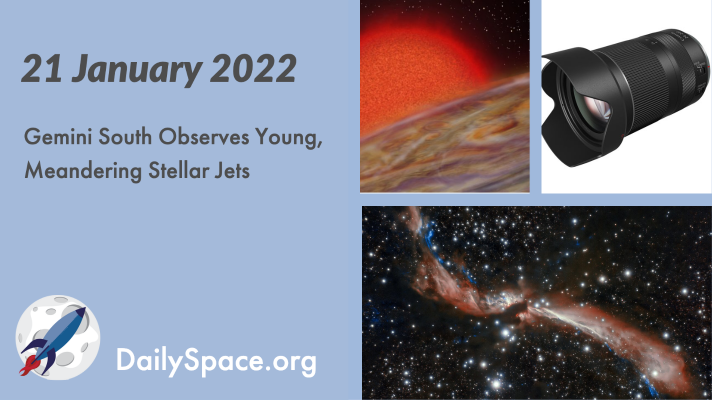
Jan 24, 2022 | Brown Dwarf, Daily Space, Exoplanets, Galaxies, Gemini South, JWST, Review, Spacecraft, Starlink, Stars, Very Large Array
The Gemini South Observatory, using adaptive optics, has captured stunning new images of meandering stellar jets. The sidewinding appearance is likely caused by the gravitational influences of nearby companion stars. Plus, exoplanet news and a review of a Canon lens.
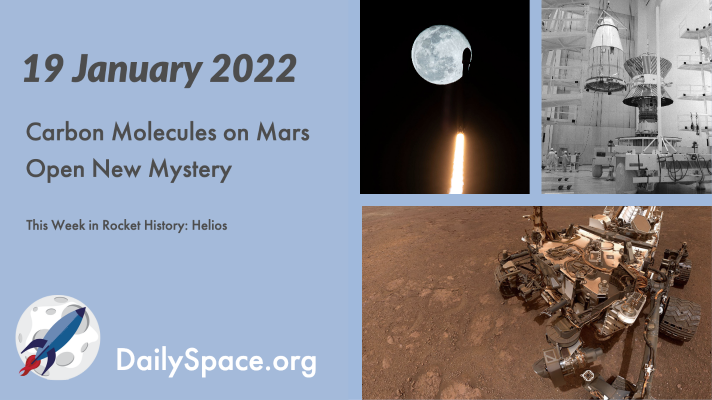
Jan 20, 2022 | Astrobiology, Cosmology, Curiosity, Daily Space, Mars, Neutron Stars / Pulsars, Rockets, Space History, Spacecraft, SpaceX, Starlink, Stars, Supermassive Black Holes, White Dwarfs
NASA’s Curiosity rover has discovered carbon isotopes on Mars which are usually caused by the degradation of biological methane, leading scientists to examine other potential reasons for the molecules. Plus, more Starlink satellites, their impact on observing, and This Week in Rocket History.
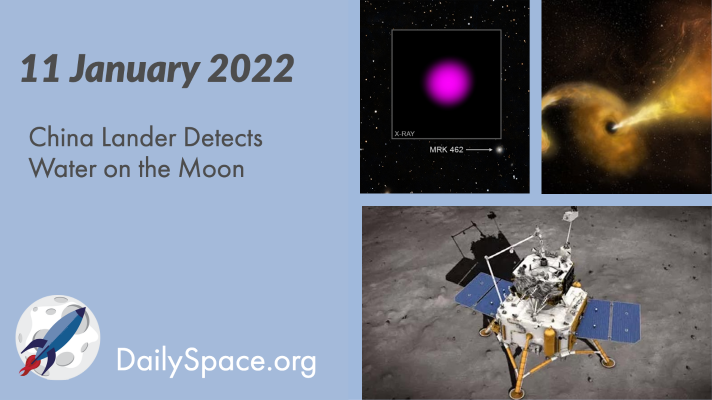
Jan 12, 2022 | Cosmology, Daily Space, Galaxies, JWST, Milky Way, Moon, Supermassive Black Holes, Supernovae, Very Large Array
China’s Chang’e-5 lunar lander has made the first in situ detection of water on the Moon, using reflectance spectroscopy from the surface of our natural satellite. Plus, all the news from the AAS virtual press conferences, including black holes and galaxies.
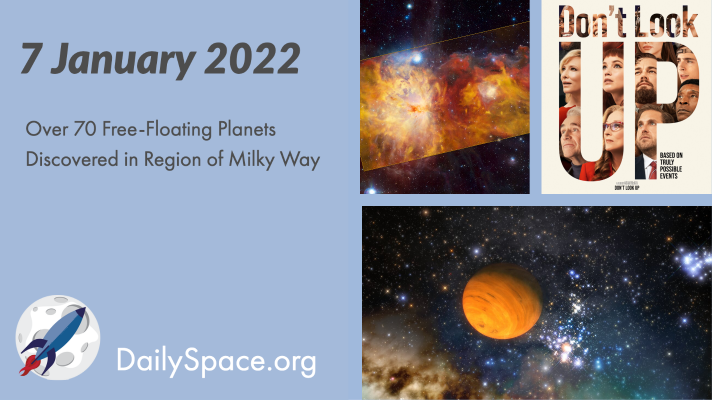
Jan 8, 2022 | Active Galaxies, Astrobiology, Daily Space, Exoplanets, Nebulae, Observatories, Rockets, SpaceX, Star Forming Region, Starlink, Supernovae, Venus
Scientists examined over 80,000 images from large telescopes and their sensitive instruments and found over 70 free-floating planets with the possibility for even more. Plus, a red giant supernova, new images of the Flame Nebula, and a review of Netflix’s “Don’t Look Up”.
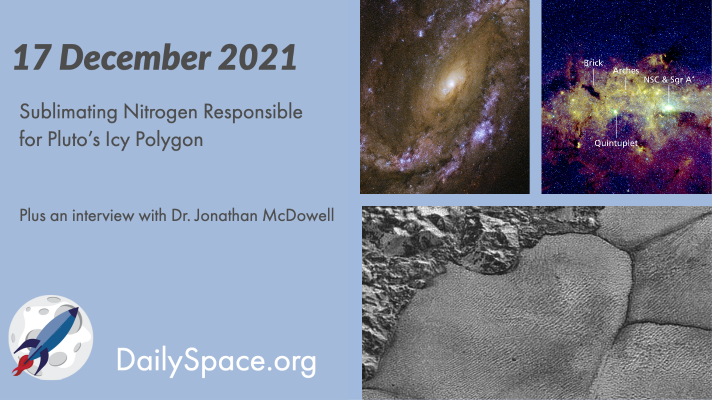
Dec 21, 2021 | Active Galaxies, Daily Space, Guest Interview, Pluto & Charon, Spacecraft, Star Forming Region, Stars, Supermassive Black Holes
New models of sublimating nitrogen show that the process creates enough heat to drive the formation and texture of the polygons in Sputnik Planitia. Plus, black holes, star formation, and an interview with Dr. Jonathan McDowell, orbital police.

Dec 15, 2021 | Active Galaxies, AGU, Asteroids, Daily Space, Exoplanets, Mars, Milky Way, Review, Stars, Supermassive Black Holes
Using the ESO’s Very Large Telescope Interferometer, scientists have obtained the deepest and sharpest images of Sagittarius A*, the black hole at the center of the Milky Way. They tracked the orbits of stars and were able to more precisely measure the mass of the black hole. Plus, new ways to research meteors, and a review of a Peak Design camera anchor system.








 We record most shows live, on Twitch. Follow us today to get alerts when we go live.
We record most shows live, on Twitch. Follow us today to get alerts when we go live.